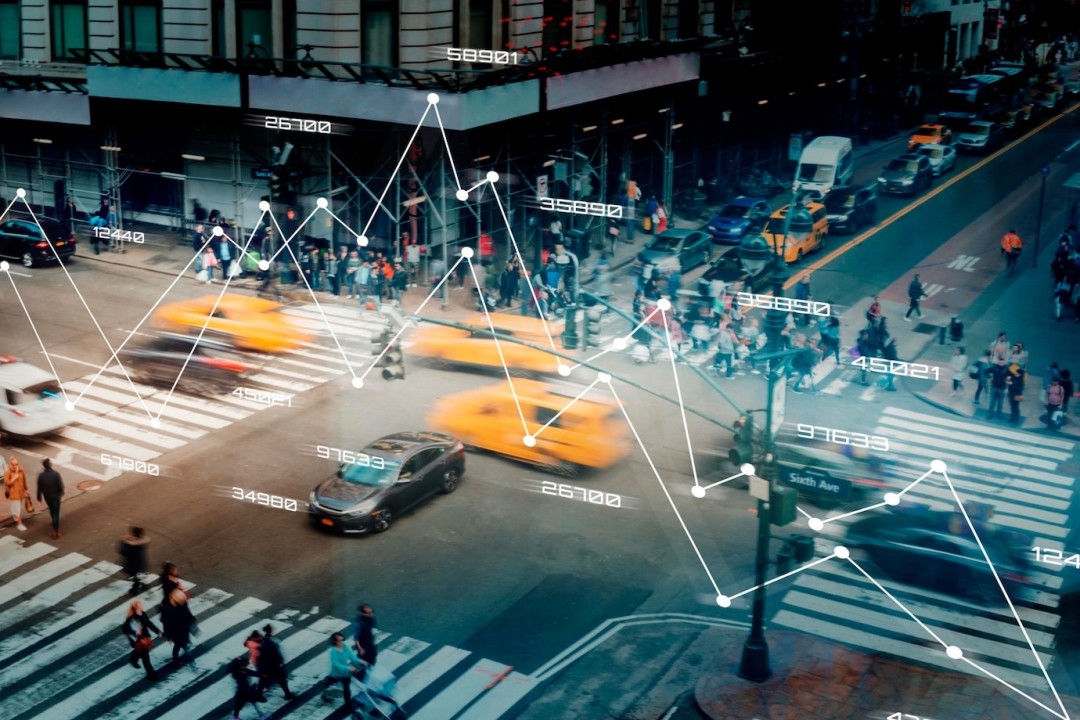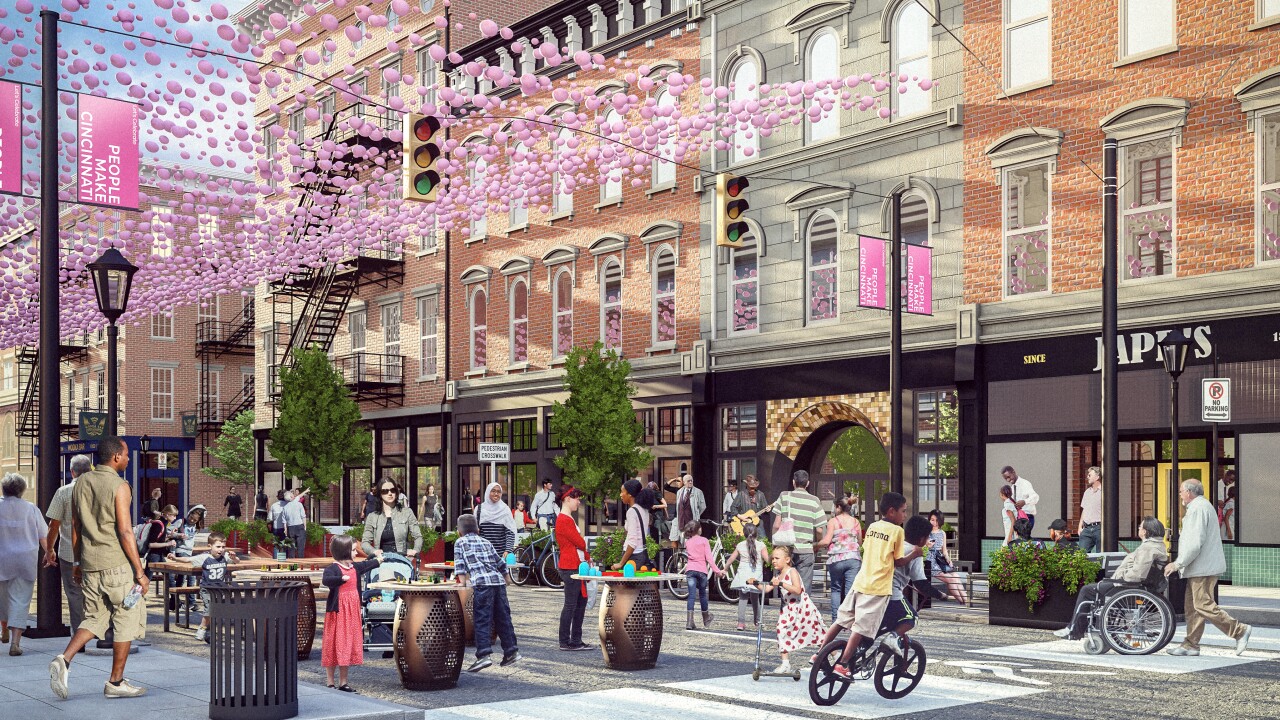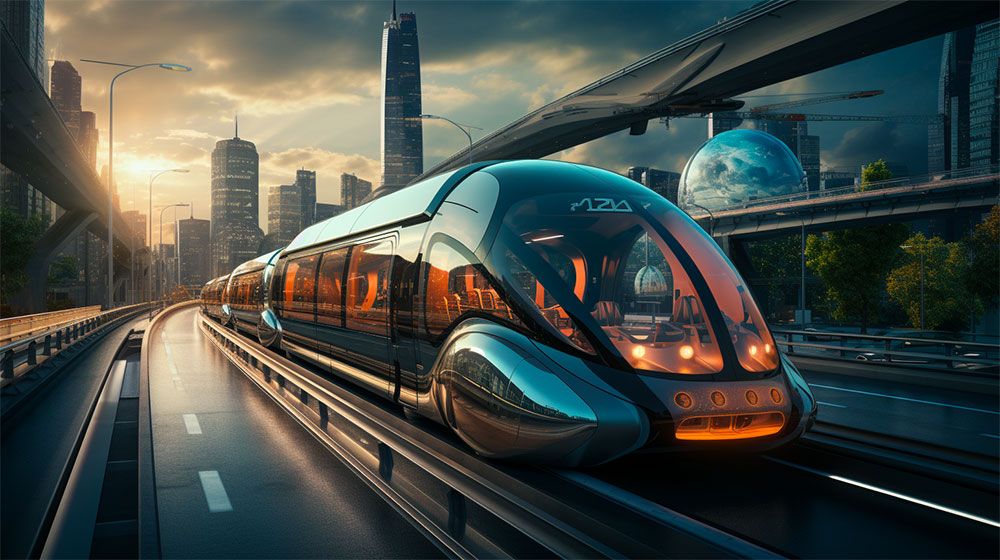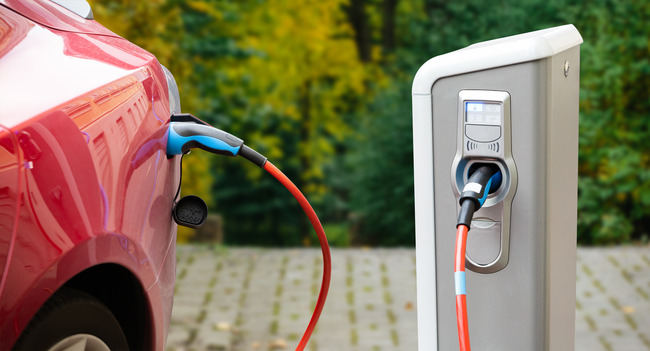Artificial Intelligence (AI) is revolutionizing urban mobility, particularly in the realm of traffic flow and safety. By leveraging advanced algorithms and machine learning techniques, AI is providing innovative solutions to some of the most persistent traffic challenges faced by cities worldwide. This article delves into how AI is enhancing traffic systems, making them safer and more efficient.
AI in Traffic Management Systems
One of the most significant applications of AI in urban traffic management is in optimizing traffic flow. AI systems analyze vast amounts of data from various sources, such as traffic cameras, sensors, and GPS devices, to understand traffic patterns and identify bottlenecks. By doing so, these systems can dynamically adjust traffic signals in real-time, reducing congestion and improving travel times. For instance, cities like Los Angeles have implemented AI-based traffic management systems, resulting in a noticeable reduction in traffic delays.
Predictive Analytics for Traffic Safety
AI’s predictive capabilities are crucial in improving road safety. By analyzing historical accident data and real-time road conditions, AI can predict potential accident hotspots and alert drivers or traffic controllers to take preventive measures. This proactive approach has the potential to significantly reduce road accidents and enhance safety for all road users.
Autonomous Vehicles and AI
Autonomous vehicles (AVs) represent a groundbreaking development in AI’s application in transportation. These self-driving cars use AI to navigate roads, detect obstacles, and make decisions, potentially reducing human error-related accidents. Trials of AVs in urban environments are already underway in several cities, heralding a future where AI-driven vehicles could become a common sight.
AI in Public Transportation
AI is also transforming public transportation. From optimizing bus routes based on passenger demand to predictive maintenance of trains and buses, AI is making public transit more reliable and efficient. For example, some cities use AI to forecast public transport demand, enabling transit authorities to adjust services accordingly.
Challenges and Ethical Considerations
The integration of AI into urban traffic systems is not without its challenges. Concerns about data privacy, cybersecurity, and the reliability of AI systems are paramount. Moreover, there are ethical considerations, especially in the context of autonomous vehicles, such as decision-making in critical situations.
The Future of AI in Traffic and Transportation
The future of AI in enhancing traffic flow and safety looks promising. With continuous advancements in technology and an increasing focus on sustainable urban development, AI is poised to play a central role in shaping the future of urban transportation. It holds the potential not just for smarter and safer roads but also for a more environmentally friendly and efficient urban mobility landscape.
Conclusion
The role of AI in enhancing traffic flow and safety is a testament to the power of technology in transforming urban life. As cities continue to innovate and embrace AI, we can expect more efficient, safer, and smarter transportation systems, marking a new era in urban mobility.












